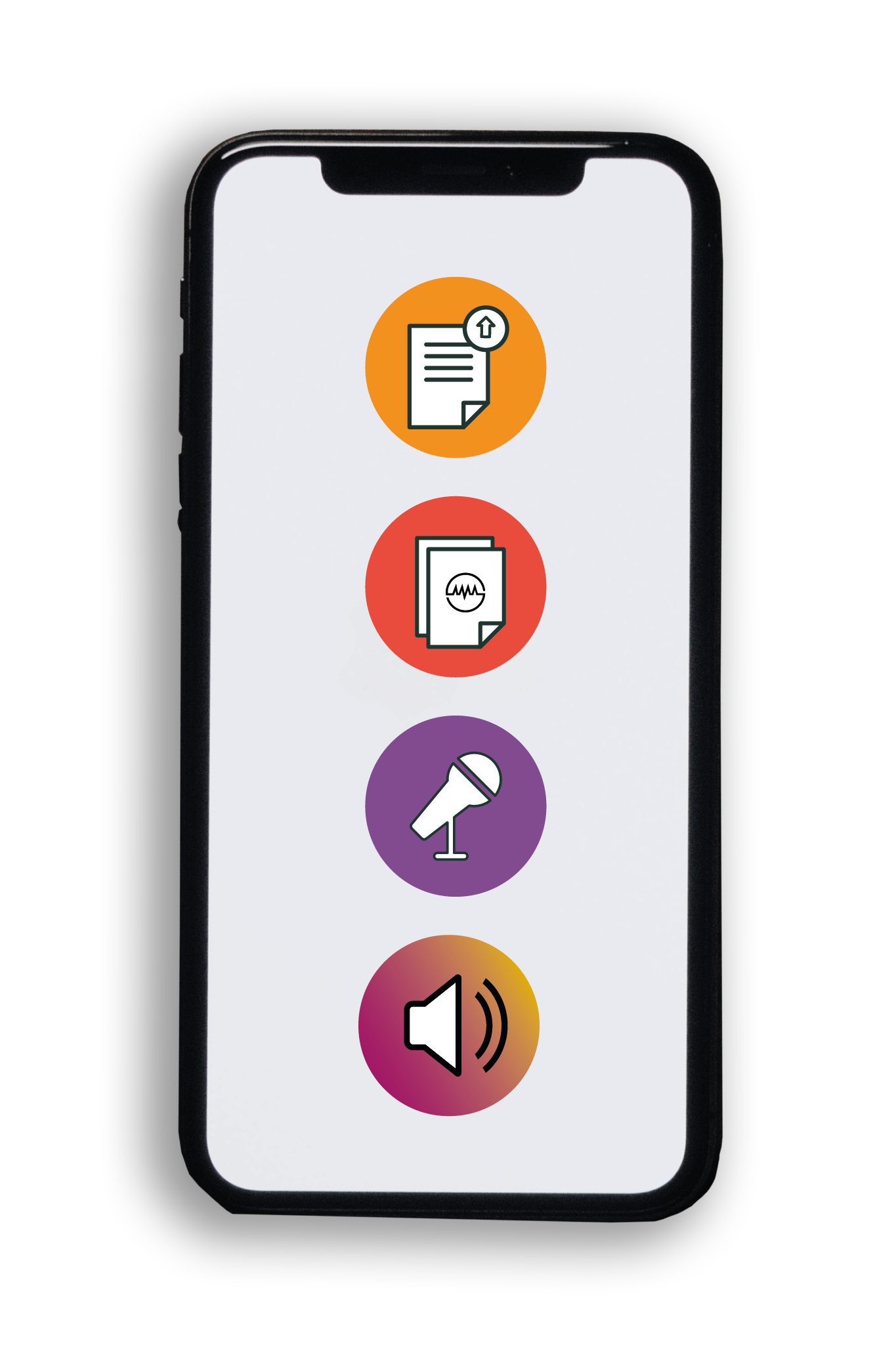Conversational Prosodic Entrainment in Youths with Autism Spectrum Disorder | Dr Heike Lehnert-LeHouillier
Original Article Reference
This SciPod is a summary of the paper ‘Prosodic Entrainment in Conversations of Verbal Children and Teens on the Autism Spectrum’, from the open access journal, Frontiers in Psychology. https://doi.org/10.3389/fpsyg.2020.582221.
About this episode
Young people with autism spectrum disorder (ASD) often display unusual patterns of speech. Dr Heike Lehnert-LeHouillier and her colleagues from New Mexico State University in the USA, have undertaken one of the first studies to assess linguistic alignment, also known as entrainment, in the conversations of children and adolescents diagnosed with ASD. Their research concluded that when compared with a control group who were matched in terms of age, gender and non-verbal IQ, young people with ASD do show different entrainment levels across their conversations.
This work is licensed under a Creative Commons Attribution 4.0 International License. 
What does this mean?
Share: You can copy and redistribute the material in any medium or format
Adapt: You can change, and build upon the material for any purpose, even commercially.
Credit: You must give appropriate credit, provide a link to the license, and indicate if changes were made.
More episodes
Defending Authentic Leadership: A Response to Critical Claims
A recent paper from Professor William Gardner at Texas Tech University and Professor Kelly Davis McCauley at West Texas A&M University challenges a critique that characterized authentic leadership theory as “wrong” and “perilous.” Their analysis demonstrates how misrepresentations of the theory can undermine valuable leadership approaches, while highlighting the empirical support and practical benefits of leaders striving for authenticity in organizational settings.
Evaluating the Impact of University Chaplains: A Two-Phase Research Study
Research from Dr Christopher W. B. Stephens and Sue Miller at the Susanna Wesley Foundation, Southlands College, Roehampton, reveals how university chaplains can effectively evaluate and demonstrate their impact within higher education institutions. Their work shows how chaplains can meet institutional demands for accountability while maintaining the unique spiritual and pastoral nature of their work, offering insights into evaluating the distinctive aspects of chaplaincy services.
Dr. Oksana Komarenko and Dr. Gerardo Ramirez | Pressure Points: The Science of Performing When It Matters Most
Performing at your best when it matters most is something a lot of people struggle with. You can prepare for days, even weeks, but the moment you step on stage, walk into an interview, or face a big audience, things shift. Suddenly, what felt solid in practice starts to slip. I’m Dr. Oksana Komarenko. I teach at Ball State University, and I’m also an opera singer. I know what it’s like to face high-pressure moments. During my first major solo recital, my hands started shaking so badly I could barely control them. Everything I had rehearsed felt just out of reach. And I’m not the only one. Research shows that over 77 percent of performers experience the same thing when the pressure is on.
Prof. Jason Dana | The Confidence Conundrum: Why Unstructured Interviews Are Misleading
Employers and other decision makers typically use interviews to make their final decision on candidates applying for important positions. The process begins by reviewing resumes, and checking references, before the final and typically most important act, the interview. Within mere minutes, an interviewer can form a strong impression of a candidate. For instance, this may run along the lines of “this person seems confident, articulate, and driven” or “this person does not represent themselves well, and likely won’t be a good fit”. By the end, the interviewer may feel that they truly understand the candidate. But what if that feeling is just an illusion? This is the question tackled by Prof. Jason Dana of Yale University and his colleagues in their research on unstructured interviews. Their findings challenge one of the most common hiring and admissions practices: the belief that sitting down with a candidate and having a free-flowing conversation reveals valuable insight. In reality, their study suggests that unstructured interviews often do more harm than good, leading decision-makers to rely on misleading impressions rather than objective facts.
Increase the impact of your research
• Good science communication helps people make informed decisions and motivates them to take appropriate and affirmative action.
• Good science communication encourages everyday people to be scientifically literate so that they can analyse the integrity and legitimacy of information.
• Good science communication encourages people into STEM-related fields of study and employment.
• Good public science communication fosters a community around research that includes both members of the public, policymakers and scientists.
• In a recent survey, 75% of people suggested they would prefer to listen to an interesting story than read it.

Step 1 Upload your science paper
Step 2 SciPod script written
Step 3 Voice audio recorded
Step 4 SciPod published




